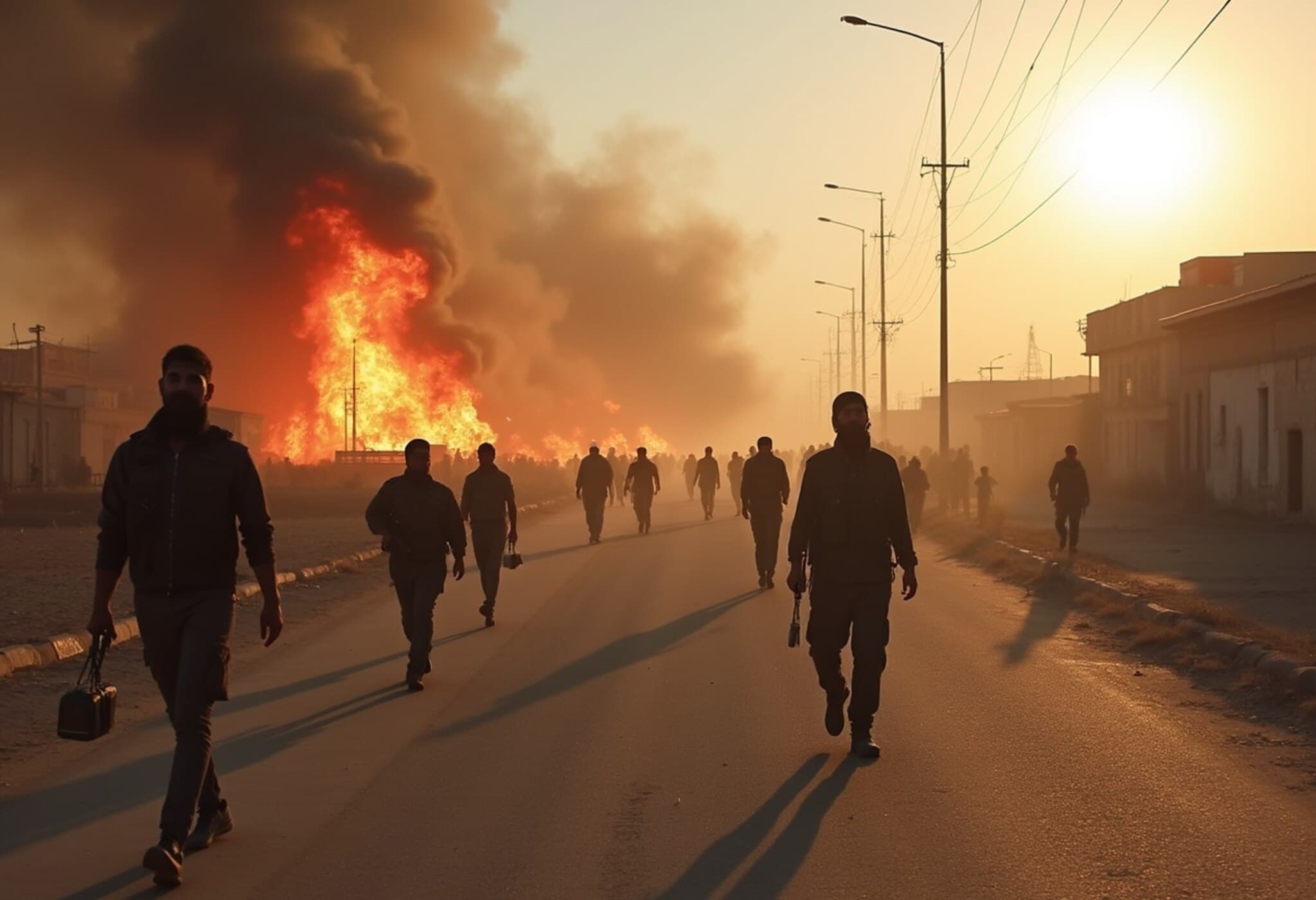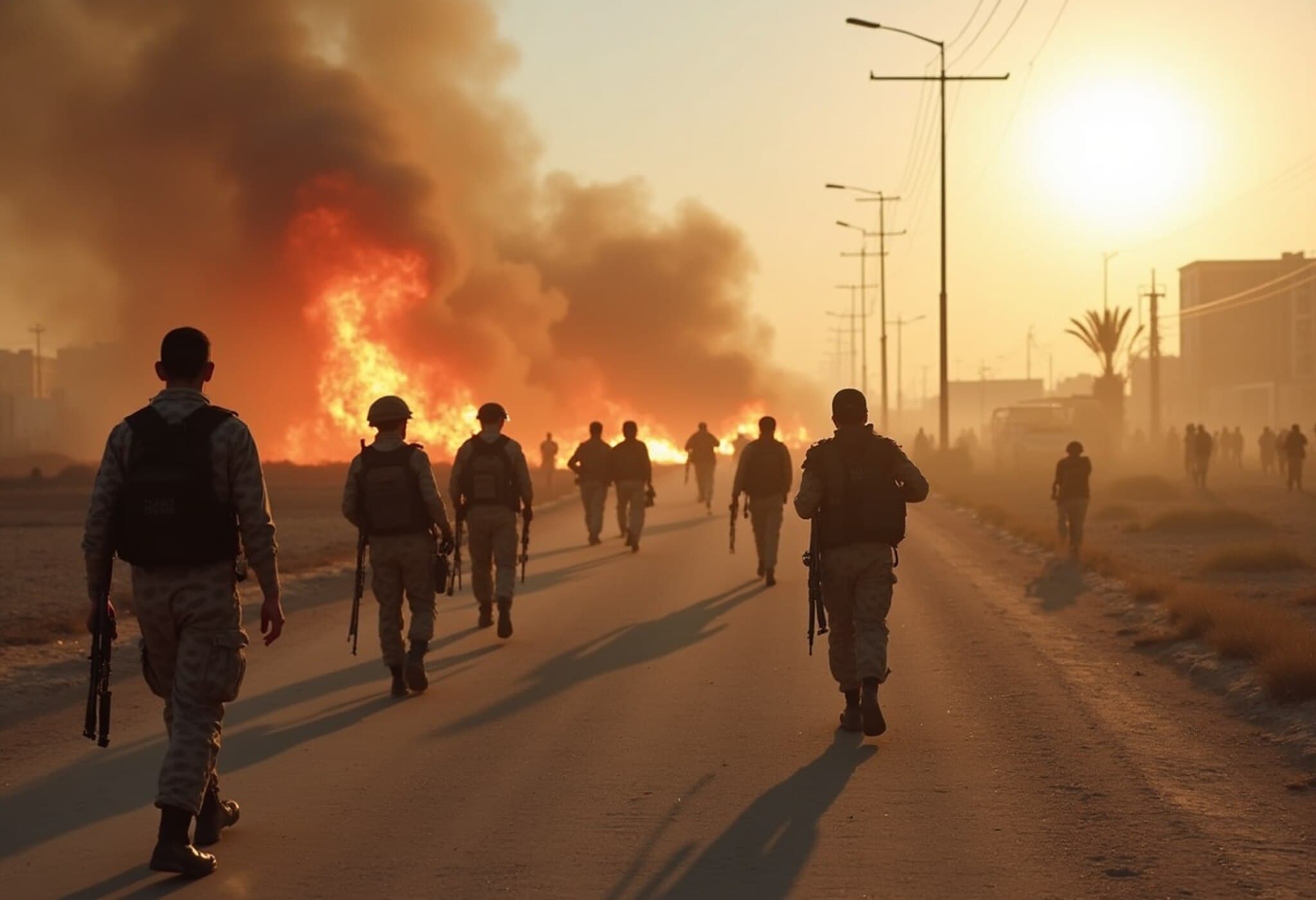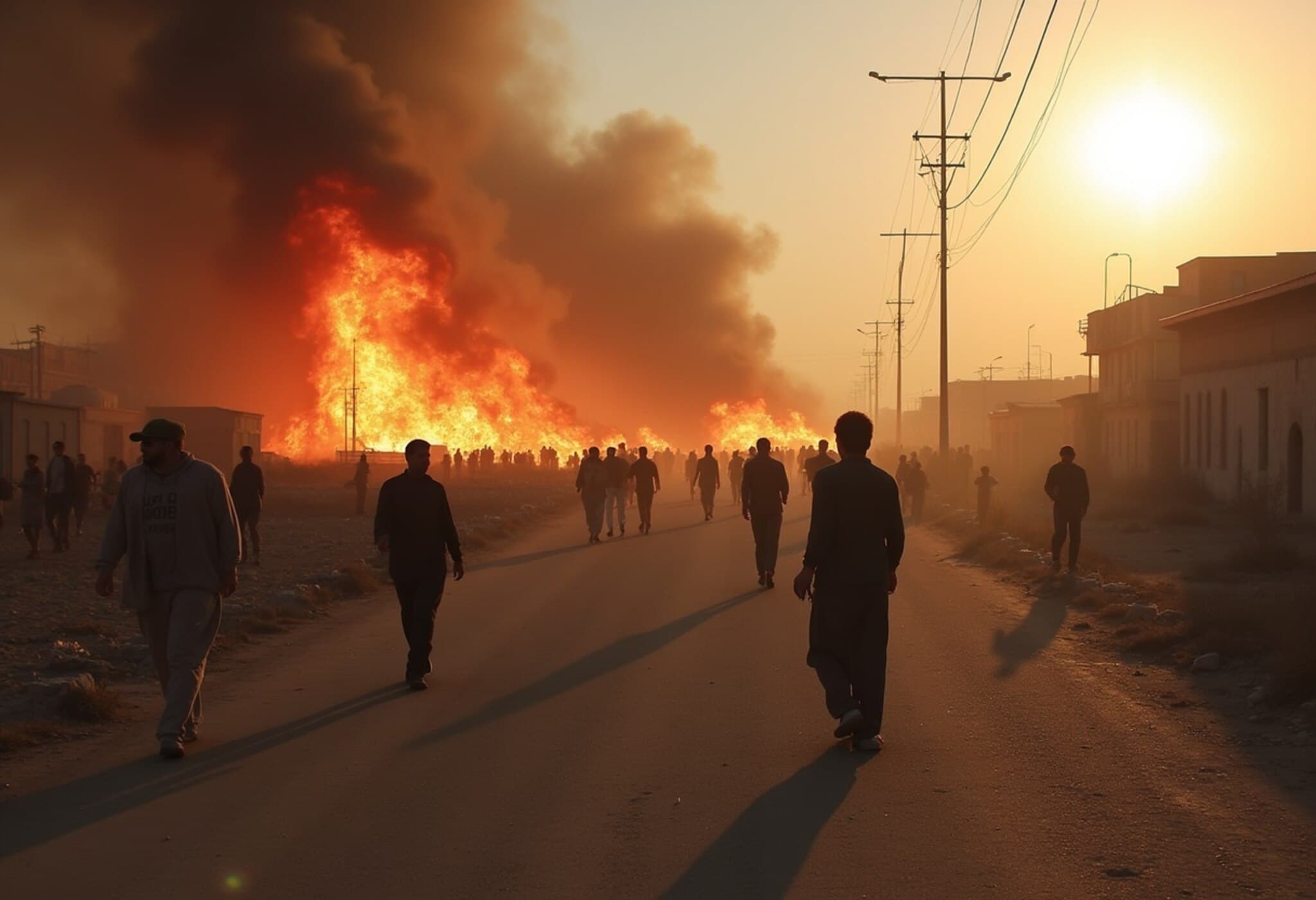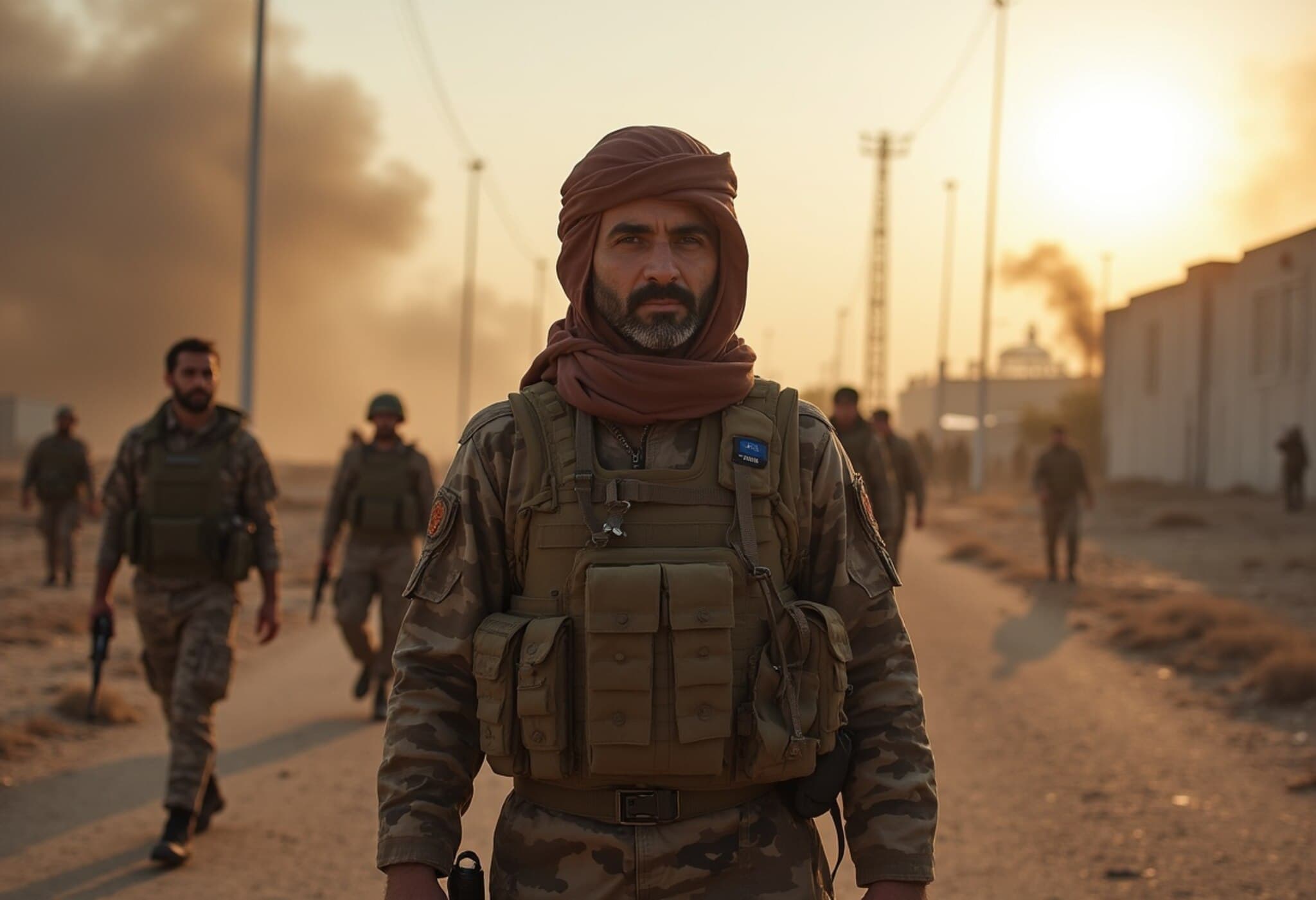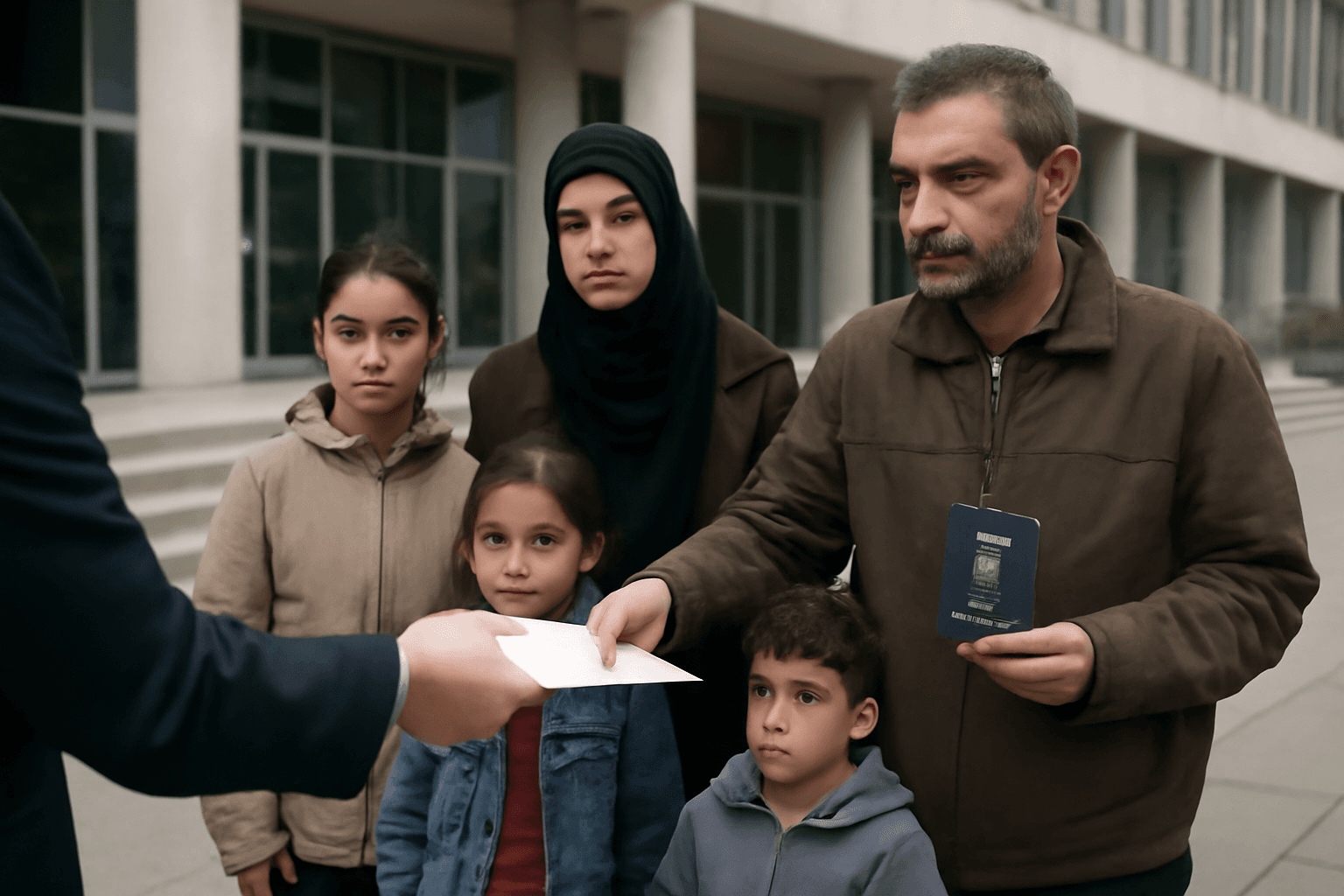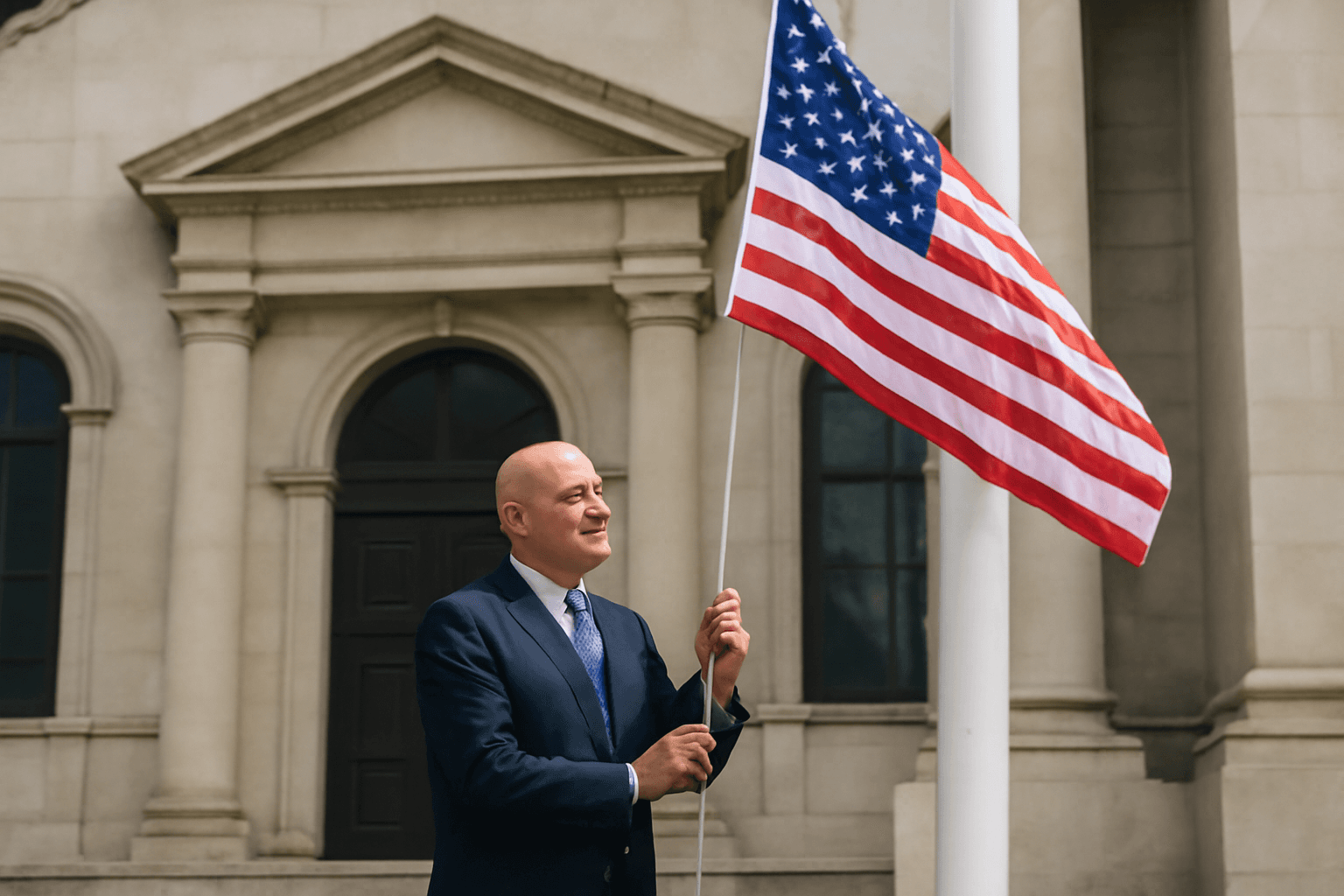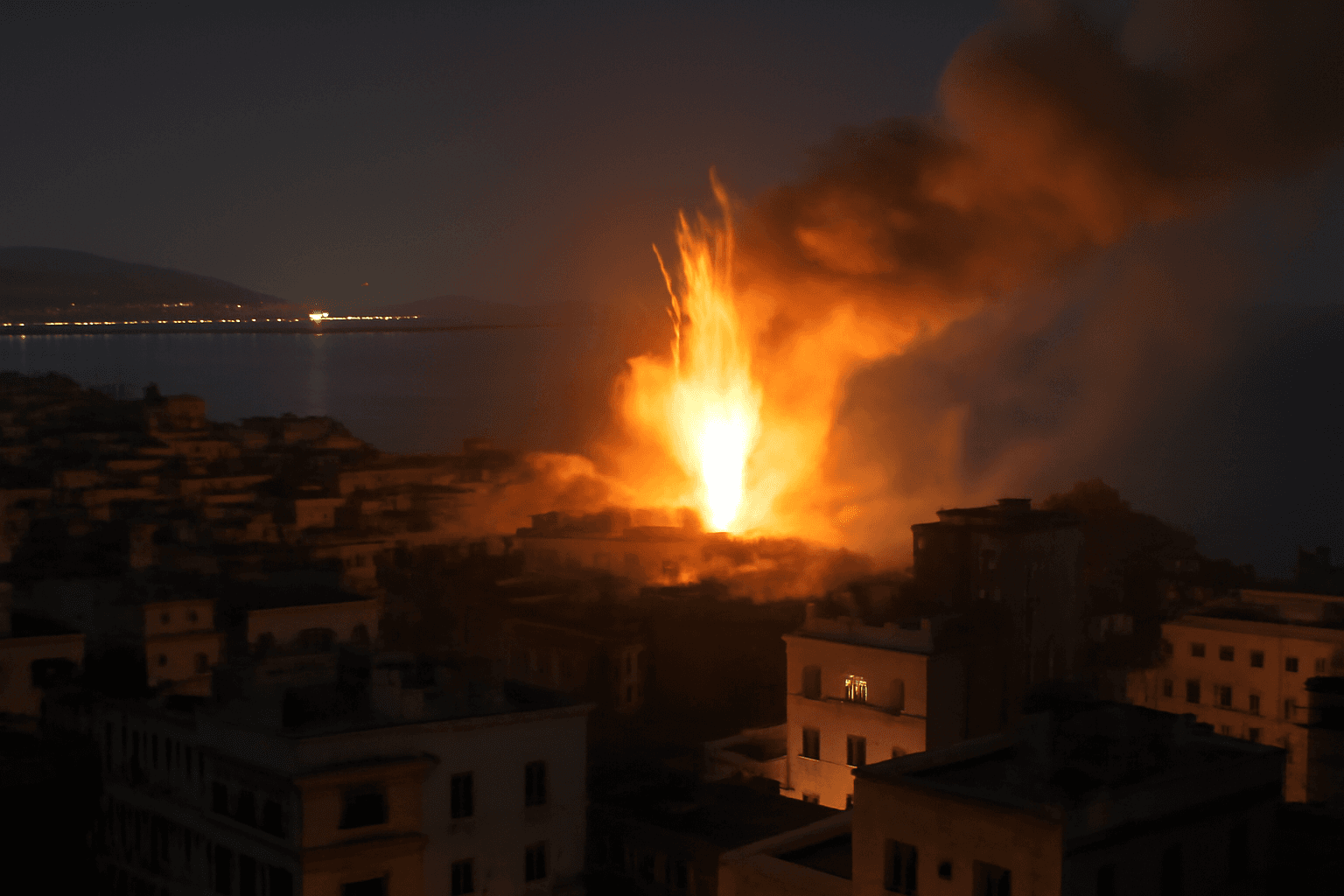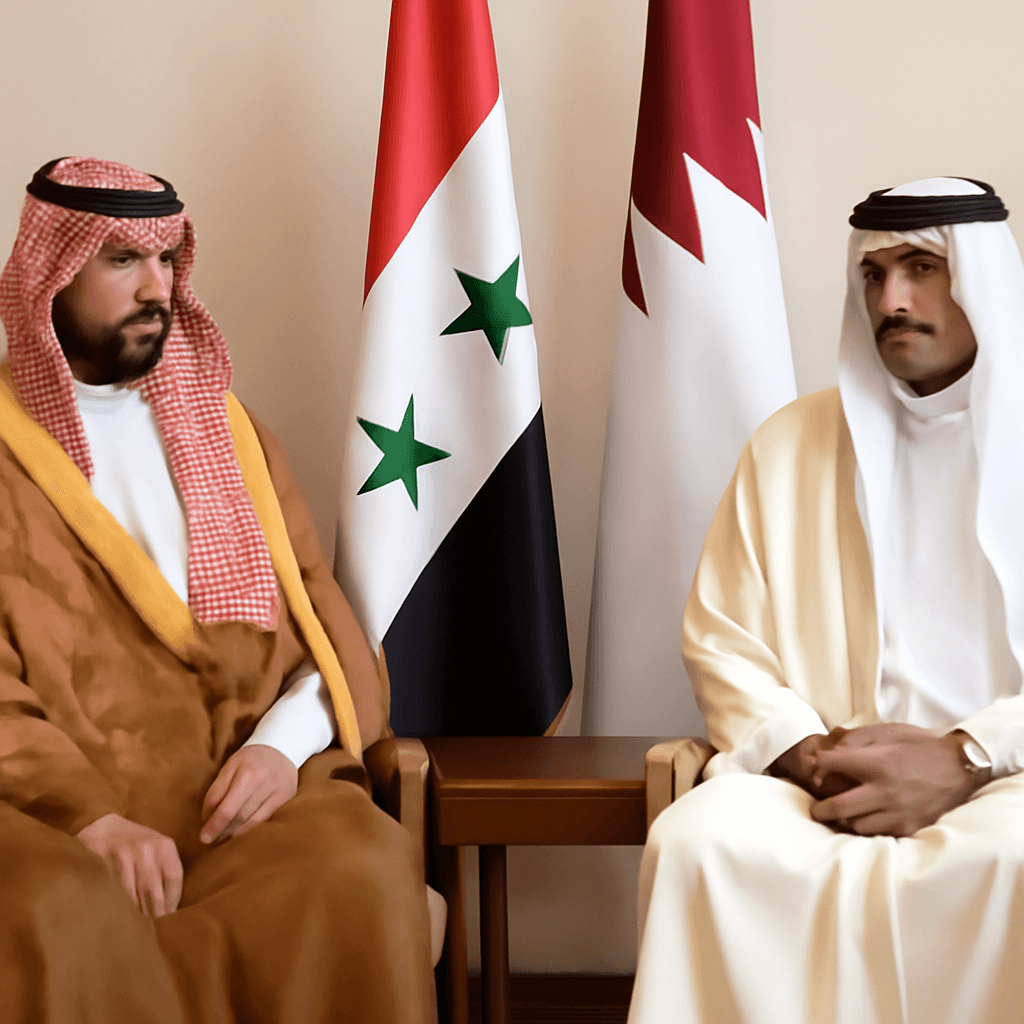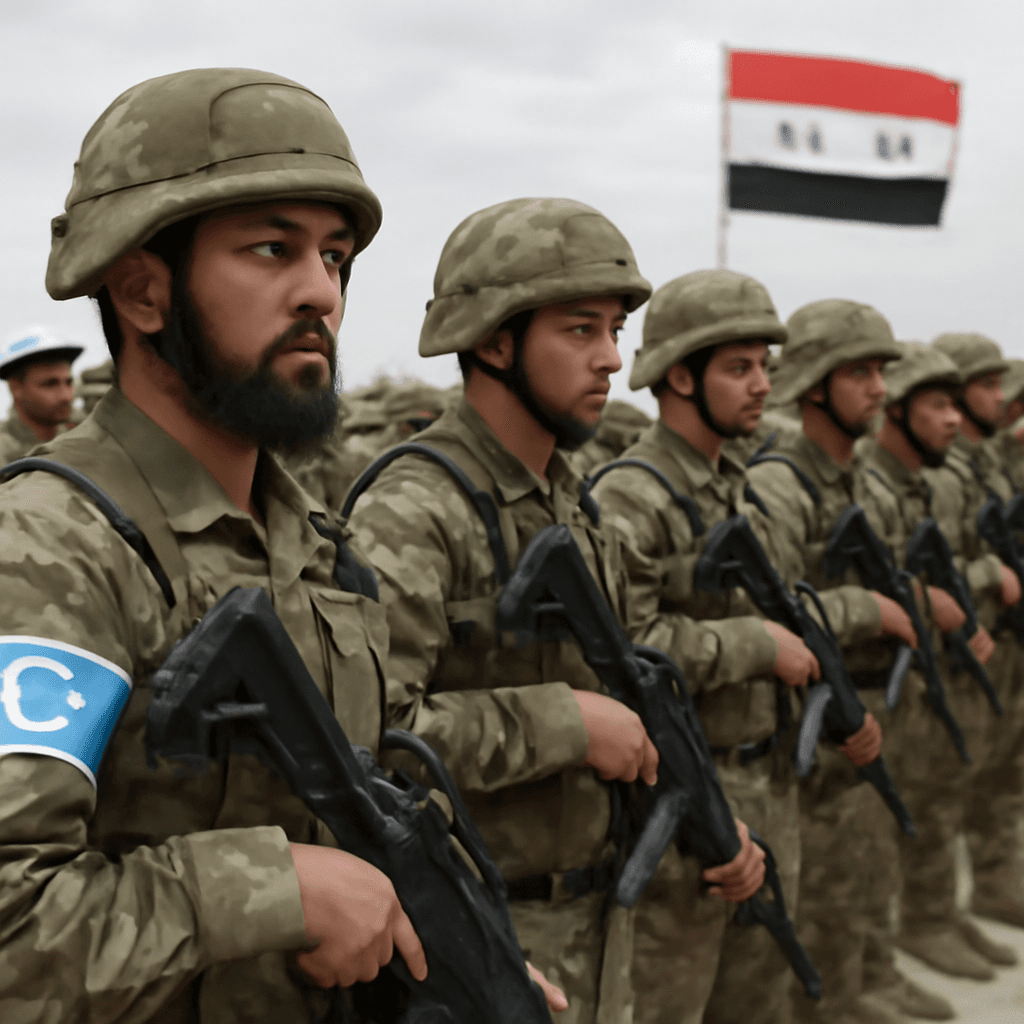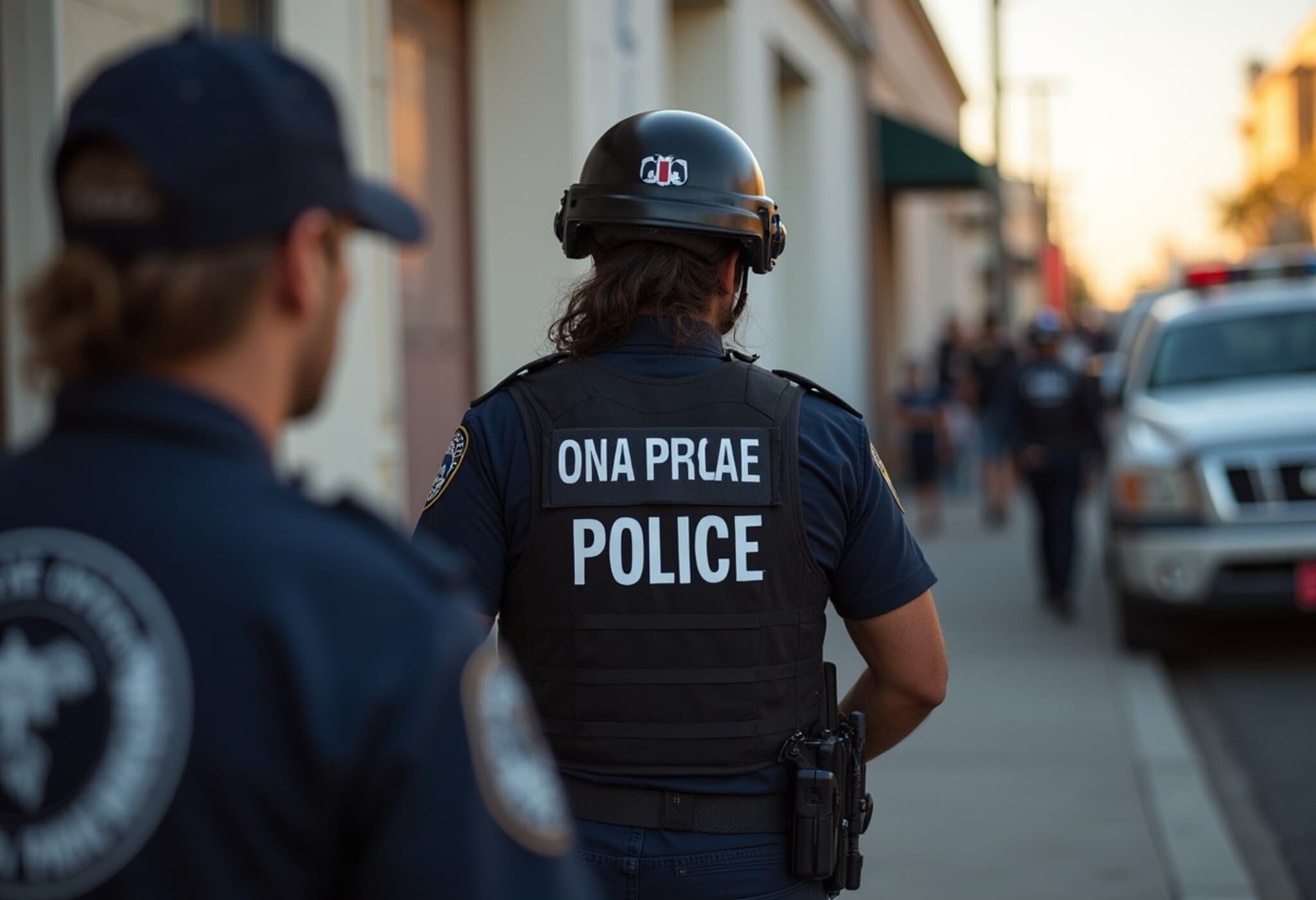Deadly Sunni-Druze Violence Rocks Sweida Amid Kidnappings
In a devastating escalation of sectarian conflict, more than 30 people have lost their lives and over 100 were wounded in fierce clashes between Sunni and Druze groups in the Syrian city of Sweida. The violence, confirmed by the Syrian Ministry of Interior, marks a grim turning point as sectarian tensions spill into the heart of this predominantly Druze provincial capital.
The Spark: A Wave of Kidnappings
According to eyewitness accounts, the unrest ignited following a surge in kidnappings, notably the abduction of a Druze merchant on the crucial highway connecting Damascus with Sweida on Friday. This incident set off a chain reaction, leading to armed confrontations primarily centered around the Maqwas neighborhood, home to Bedouin tribes.
Sectarian Violence Reaches Sweida’s Core
Until recently, sectarian violence had mostly remained on the periphery of Sweida. However, this flare-up is unique as it erupts within the city’s boundaries, underscoring deepening fractures within Syria’s diverse social fabric. Earlier this year, tensions surfaced in Jaramana near Damascus between Sunni fighters and Druze residents, indicating a troubling trend of sectarian fragmentation expanding across regions.
Expert Insight: A Brewing Bloodbath?
Rayan Marouf, a respected Druze researcher and head of the Suwayda24 news portal, cautions that "this cycle of violence has exploded in a terrifying way, and if left unchecked, we are heading toward a bloodbath." His perspective reflects widespread fears among minority communities in Syria, who have endured decades of conflict and marginalization.
Government Response and Armed Clashes
The Syrian Department of Interior declared intentions to deploy security forces directly into Sweida to stem the bloodshed. Authorities also appeal for cooperation from local factions to restore peace. Meanwhile, armed Bedouin tribes launched offensives on Druze villages surrounding Sweida's western and northern outskirts, escalating the conflict.
Medical professionals report at least 15 bodies have been brought to Sweida’s state hospital morgue, with dozens injured. Some victims have been transferred to Deraa for advanced treatment, highlighting the dire human toll these sectarian confrontations are exacting.
Contextualizing the Violence: Syria’s Fragile Sectarian Landscape
Since the overthrow of President Bashar al-Assad in December 2024, Syria has endured a precarious transition. Islamist rebels who ousted Assad installed their own governance structures, but sectarian tensions have not dissipated. Minority communities such as the Druze and Alawites face heightened vulnerabilities, especially after incidents like the mass killing of Alawites earlier this year, reportedly in retaliation for attacks by Assad’s loyalists.
This flare-up in Sweida illustrates the ongoing struggle for coexistence in a nation fractured by 14 years of civil war. The precarious balance among Syria’s sects and tribes remains at risk of unraveling without sustained reconciliation and security efforts.
Looking Ahead: The Challenge of Reconciliation in Post-Assad Syria
The Sweida clashes underscore an urgent question confronting Syria’s future: how to foster stability amid deep-seated sectarian distrust and competing tribal allegiances. Effective governance, inclusive dialogue, and robust protection for minority rights are critical to avoiding further cycles of violence.
For American policymakers and global observers, the developments in Sweida exemplify the ongoing risks in Syria's post-conflict landscape. They also highlight the importance of supporting peacebuilding initiatives that bridge sectarian divides and promote equitable governance — essential steps for long-term regional stability.
Summary Box: Key Takeaways
- Over 30 killed and 100 injured in Sunni-Druze clashes within Sweida city.
- Violence triggered by wave of kidnappings, including a Druze merchant.
- First major sectarian fighting inside Sweida, marking dangerous escalation.
- Syrian government vows direct intervention; clashes continue in surrounding villages.
- Reflects broader sectarian fractures post-Assad regime change in Syria.
- Raises urgent questions on minority protection and reconciliation prospects.
Editor’s Note
The spiraling violence in Sweida is not just isolated unrest but a signal flare of Syria’s deep sectarian wounds still festering years after the civil war’s official end. It beckons a sober reflection on how fractured communities might find common ground before the conflict consumes more lives. As the international community watches, the pressing challenge remains: can Syria navigate its complex mosaic of identities toward lasting peace, or is it destined for recurring cycles of mistrust and bloodshed?

